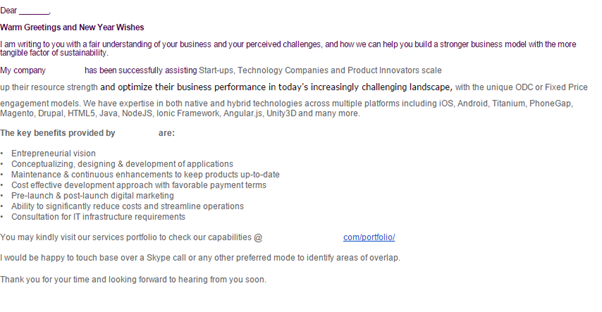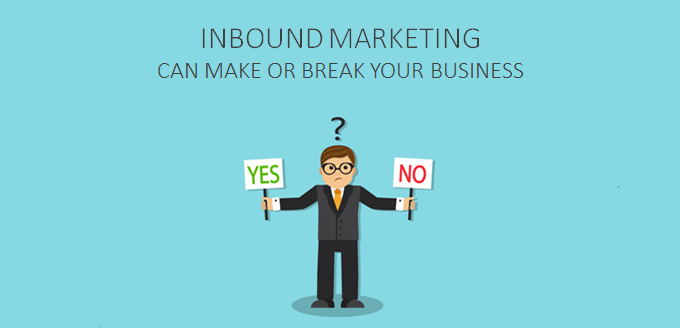A large IT services company had invited me for a consulting session a few weeks ago.
We just cannot generate enough business, they complained. No matter how hard we try, we can’t seem to move the needle. We even hired 20 more marketing executives – but it makes no difference!
I giggled and asked them to tell me more about their current marketing activities.
We do social media marketing. We do SEO, and we’ve built a large website with over 400 pages at the recommendation of our SEO specialist. We send mailers to our prospects.
Sure, but how many inbound marketing specialists do you have?
We have 3 content writers. They create content for our corporate blog and for LinkedIn Pulse.
That’s exactly what the problem is: this is not inbound marketing!
What is inbound marketing?
Inbound marketing is about taking a consultative, problem-solving approach with your prospects. It is not about hiring content writers and getting them to write blog posts.
Most companies that I’ve worked with, face the same set of problems. They boast about their services on their websites and blogs. Rarely do they speak about the customer’s problems. For example, a typical IT Services website is cluttered with the different IT services they offer – iOS development, Titanium development, PhoneGap development, Martian development! But that’s not what it is. Rather, it’s about solving your customer’s problems.
How are businesses using inbound marketing?
Instead of providing value to users, companies use their online presence for self-promotion. Because they neglect the concept of buyer’s journey.
Most companies strive to look the best they can to prospects that have already reached the ‘Decision’ stage in the Buyer’s journey and are actively searching for products.
But when you let a person move up the strenuous buyer’s journey all by himself, and reach out to him only at the Decision stage, you are just one of the many options available to him! No previous rapport has been built.
As a result, you lose out on a huge chunk of prospects that you could have won if you had addressed the prospects earlier in the buyer’s journey, say in the ‘Awareness Stage’ itself.
How should it be used instead?
Companies should target prospects in the awareness stage.
Prospects in the awareness stage are largely ignorant and face a problem, that should be solved ideally by you.
This is where savvy companies win the game. They do not wait for prospects to come, knock on their website, and submit a form to try your product. They talk about customer problems and how they can solve them, instead of simply focusing on their own services. In fact, they avoid talking about their offerings until the prospect has developed confidence in their brand through high-value content.
Take a look at these sales emails:-

vs

Clearly, the second option would work better! This is because:-
- It addresses a specific person in a specific company
- It is personal and friendly
- I demonstrate that I’ve done my homework about the specifics of their solution
- It pitches only one thing that the prospect can consider us for.
- I provide tangible proof that I am the guy for that work (the Ebook attached)
How can you make the most of inbound marketing?
Firstly, abandon the ‘grocery store’ mindset. Do not list a basket of services that you offer. Instead, explain the problems that you solve.
Secondly, do not think ‘markets’ or ‘industries’ – think customer personas. Stop looking like a company. Be as personal as you can. Do not address him when he’s already facing a problem, and the ground is burning under his feet. Address him in peaceful times, so that he recalls you in peaceful ones.
Thirdly, invest in design. Keep looking for designers until you find the best ones, and pay them as much as you can. Good design projects credibility to your prospects.
Finally, get sales and marketing to work together. The customer persona is where both teams meet. You can hire the best writers in the world and achieve nothing if they aren’t aware of the ground realities of the buyers and their problems. This is the kind of first-hand input only Sales teams can provide. So, make sure your sales and marketing teams sit together every once in a while and review the processes.
Have any more questions? Please do not hesitate to share your thoughts in the comments below!







